I'm developing a photo editing extension for iOS, bundled in a container app that provides the same photo editing functionality.
In order to reuse code, I have a view controller class that adopts the required PHContentEditingController protocol, and I subclassed it for use both as the main interface of the app extension, and as the "working screen" of the container app.
On the editing extension, the controller's methods are called by the Photos app's editing session as described in Apple's documentation and various tutorials you can find around the web.
On the container app, on the other hand, I first obtain a PHAsset instance by means of the UIImagePickerController class, and directly start the editing session manually on my "work" view controller like this:
// 'work' is my view controller which adopts
// `PHContentEditingController`. 'workNavigation'
// embeds it.
let options = PHContentEditingInputRequestOptions()
options.canHandleAdjustmentData = { (adjustmentData) in
return work.canHandle(adjustmentData)
}
asset.requestContentEditingInput(with: options, completionHandler: { [weak self] (input, options) in
// (Called on the Main thread on iOS 10.0 and above)
guard let this = self else {
return
}
guard let editingInput = input else {
return
}
work.asset = asset
work.startContentEditing(with: editingInput, placeholderImage: editingInput.displaySizeImage!)
this.present(workNavigation, animated: true, completion: nil)
})
When the user finishes editing, the work view controller calls finishContentEditing(completionHandler: on itself to finish the session:
self.finishContentEditing(completionHandler: {(output) in
// nil output results in "Revert" prompt.
// non-nil output results in "Modify" prompt.
let library = PHPhotoLibrary.shared()
library.performChanges({
let request = PHAssetChangeRequest(for: self.asset)
request.contentEditingOutput = output
}, completionHandler: {(didSave, error) in
if let error = error {
// handle error...
} else if didSave {
// proceed after saving...
} else {
// proceed after cancellation...
}
})
})
Within the editing session, the user can 'clear' the previous edits passed as adjustment data, effectively reverting the image to its original state.
I've noticed that, if I finish the editing by calling the completion handler passed to finishContentEditing(completionHandler:) with nil as its argument (instead of a valid PHContentEditingOutput object), the Photos framework will prompt the user to "revert" the image instead of "modifying" it:
func finishContentEditing(completionHandler: @escaping (PHContentEditingOutput?) -> Void) {
guard let editingInput = self.editingInput, let inputURL = editingInput.fullSizeImageURL else {
return completionHandler(nil)
}
if editingInput.adjustmentData != nil && hasUnsavedEdits == false {
// We began with non-nil adjustment data but now have
// no outstanding edits - means REVERT:
return completionHandler(nil)
}
// (...proceed with writing output to url...)
However, this only works when running from the container app. If I try the same trick from the extension (i.e., load an image that contains previous edits, reset them, and tap 'Done') I get the dreaded "Unable to Save Changes" message...
What is the correct way to revert previous edits to an image from within a photo editing extension?

